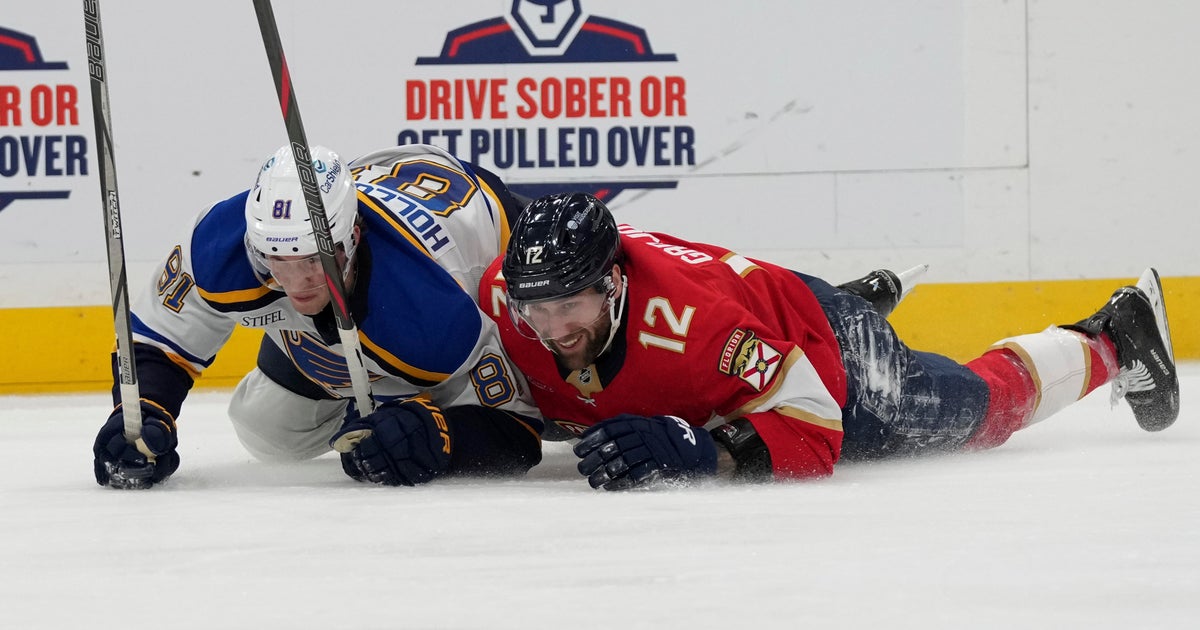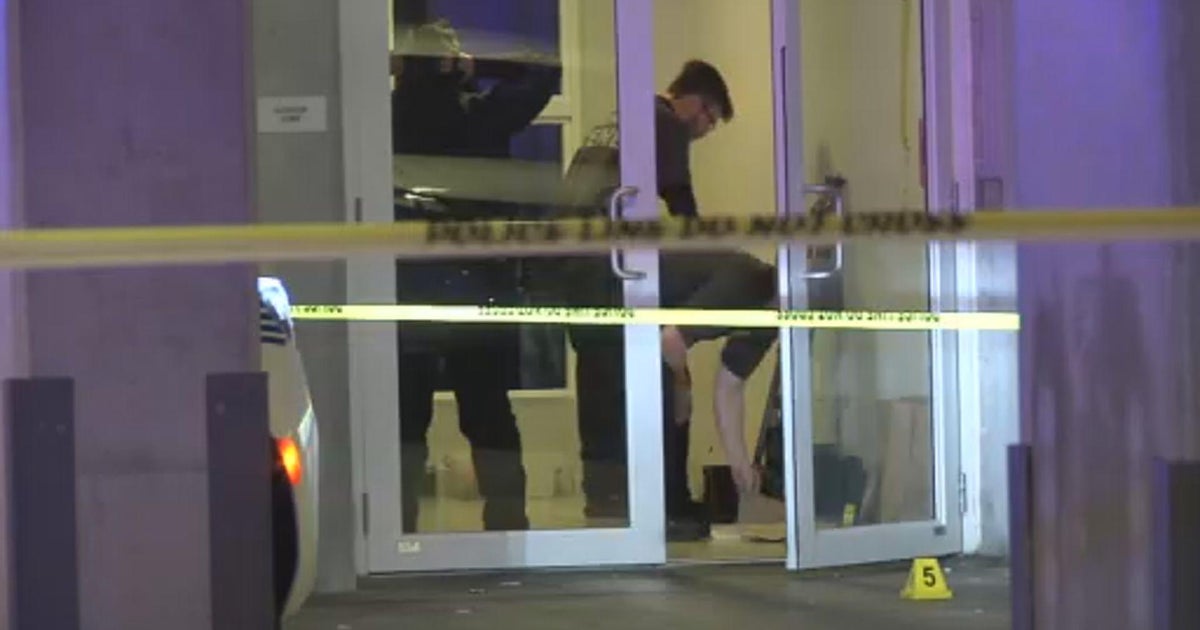Proposed MLB Rule Changes To Speed Up Games
By Norm Elrod
(CBS NY/CBS Local) -- Baseball, considered timeless by many, has a problem with time. The pace of play is too slow, and the games take too long. The average MLB game now clocks in at a few minutes over three hours, with around 20 minutes of actual action. Considering each team will play 162 games between late March and late September, that's a lot of waiting around for something to happen.
In a saturated entertainment market, sports and otherwise, why watch a baseball game when you can catch the highlights?
Sports fans are faced with this question almost every day of the regular season, with MLB (and presumably the MLBPA) hoping to keep eyeballs glued to the live action. Recently proposed (and re-proposed) rule changes might help some, even if they ultimately feel like tinkering around the edges. Let's look at the proposals on the table.
20-Second Pitch Clock
Pitchers are certainly a culprit for the slow pace of play, and a pitch clock would help speed things up a little. Once the pitcher is in the dirt circle of the mound, and the catcher is in the box, the pitcher has 20 seconds to throw to the plate. The batter must "...be in the batter's box and alert to the pitcher with at least five seconds remaining on the timer." The clock does not run after foul balls and mound visits.
MLB is rolling out the pitch clock during spring training games in three phases. Initially the clock has been running without enforcement, just to let everyone become familiar. Soon umpires will begin to remind pitchers and hitters of violations, without assessing ball and strike penalties. Eventually penalties will be assessed in spring training games, assuming MLB and the MLBPA come to an agreement.
Players would have some leeway in the enforcement of a pitch clock. But some have already voiced their displeasure. As Washington Nationals ace, Max Scherzer, told the Associated Press, "having a pitch clock, if you have ball-strike implications, that's messing with the fabric of the game. There's no clock in baseball and there's no clock in baseball for a reason." The three-time Cy Young Award winner stressed that he is against the change.
Still, the pitch clock has been employed in college and in the minors with little disruption to the flow, and should lead to marginally less dead time between pitches in the majors.
Restricting Mound Visits
Certainly there are benefits to checking in with a struggling pitcher, from giving him a pep talk to interrupting momentum to allowing a reliever time to warm up. But it often just amounts to stalling, and stalling doesn't make for good viewing. The goal with restricting mound visits is, again, to keep things moving.
Last season MLB limited each team to six per game, with an additional visit for each extra inning. It described a mound visit as:
"A manager or coach trip to the mound to meet with the pitcher shall constitute a visit. A player leaving his position to confer with the pitcher, including a pitcher leaving the mound to confer with another player, shall also constitute a mound visit, regardless of where the visit occurs or the length of the visit."
Pitcher-catcher conferences between batters, along with potential injury visits, don't count.
The League could further limit mound visits to five this season without conferring with the MLBPA, but hopes to take that number down a little more. The effect will still be marginal in terms of actual time saved during a game. But because the time will often be saved at key moments in the game, when action might otherwise be interrupted by mound visits, the change could end up seeming more substantial.
 Oliver Perez (Photo Credit: David Maxwell/Getty Images)
Oliver Perez (Photo Credit: David Maxwell/Getty Images)
Three-Batter Minimum
A pitcher doesn't often face fewer than three batters in an inning. But it does happen, and besides, the frequency doesn't matter as much as the timing. Every bullpen includes a left-handed pitcher who's called upon to dispatch with the opposition's best hitter. It's an important function, deployed at a critical juncture. It also grinds the game to a halt, as one at-bat is bookended by two separate pitchers warming up.
A three-batter minimum would limit this sort of platooning and possibly cut down on strikeouts. The restriction wouldn't apply to pitchers who finish out an inning. As with mound visits, any effect would be marginal in terms of time, assuming the rule is implemented at all. It may only become apparent at a game's turning point, though even then it can be hard to gauge the importance of something that doesn't happen.
Changing The Mound
Moving or lowering the mound could significantly alter the game of baseball. For that reason, it will have to be studied first. So don't look for any changes to happen this season or, when and if they do happen, all at once.
The pitching mound is is currently 60 feet, six inches from home plate and 10 inches high. While the distance last changed 126 years ago, the height was reduced by five inches in 1968. Both changes helped increase offensive production.
Pitching quality and speed has improved in the last half century (and certainly since the late 19th Century) much more than hitting ability. Pushing back the mound and shortening it would give hitters a fraction of a second more time to react, resulting in more contact, more hits and fewer strikeouts. For MLB's purposes, it would lead to more balls in play, meaning more action.
But altering the distance and height too much at once would throw off the mechanics of every pitcher in the League. So any changes to the mound would happen incrementally over multiple seasons.



